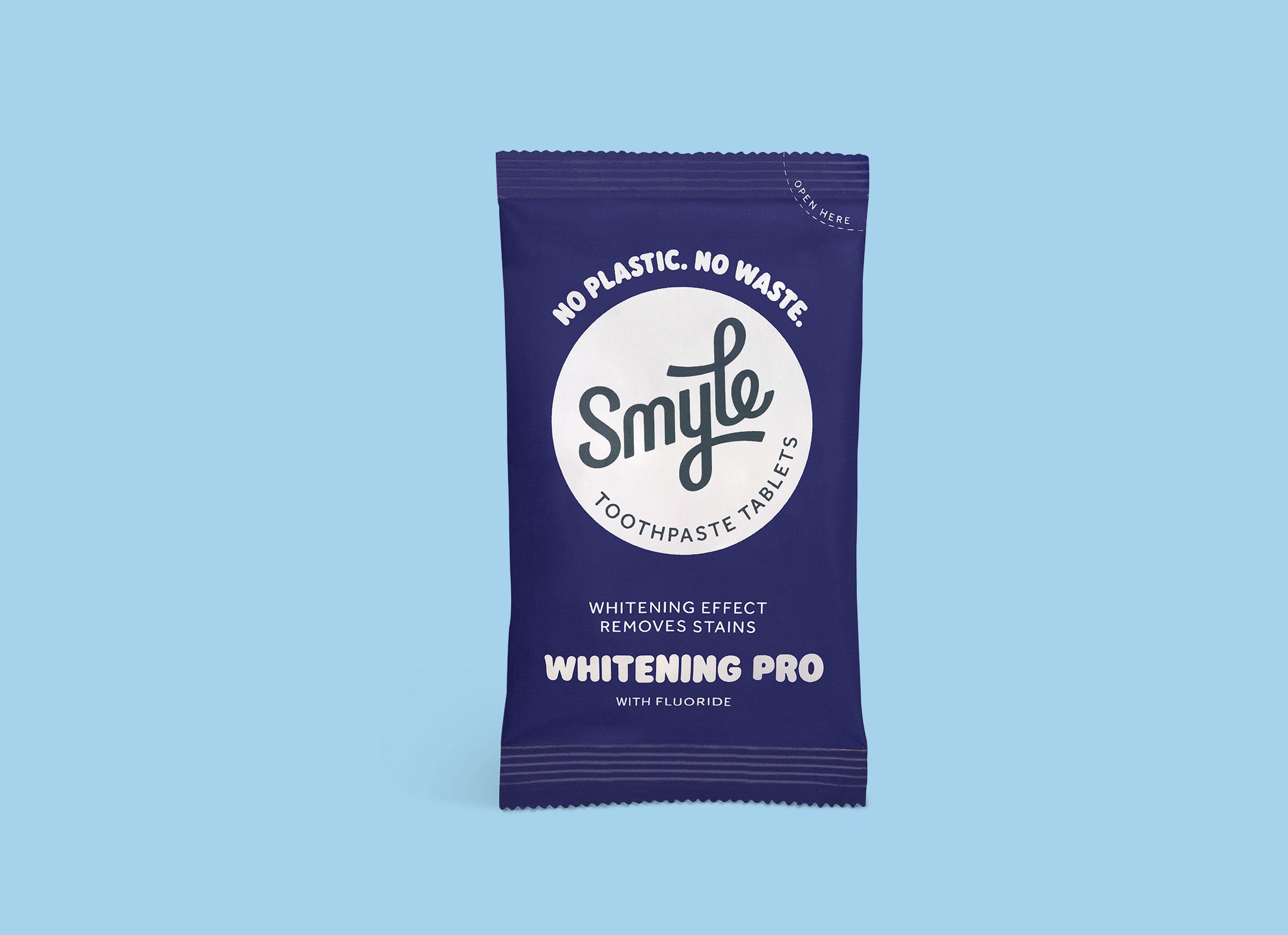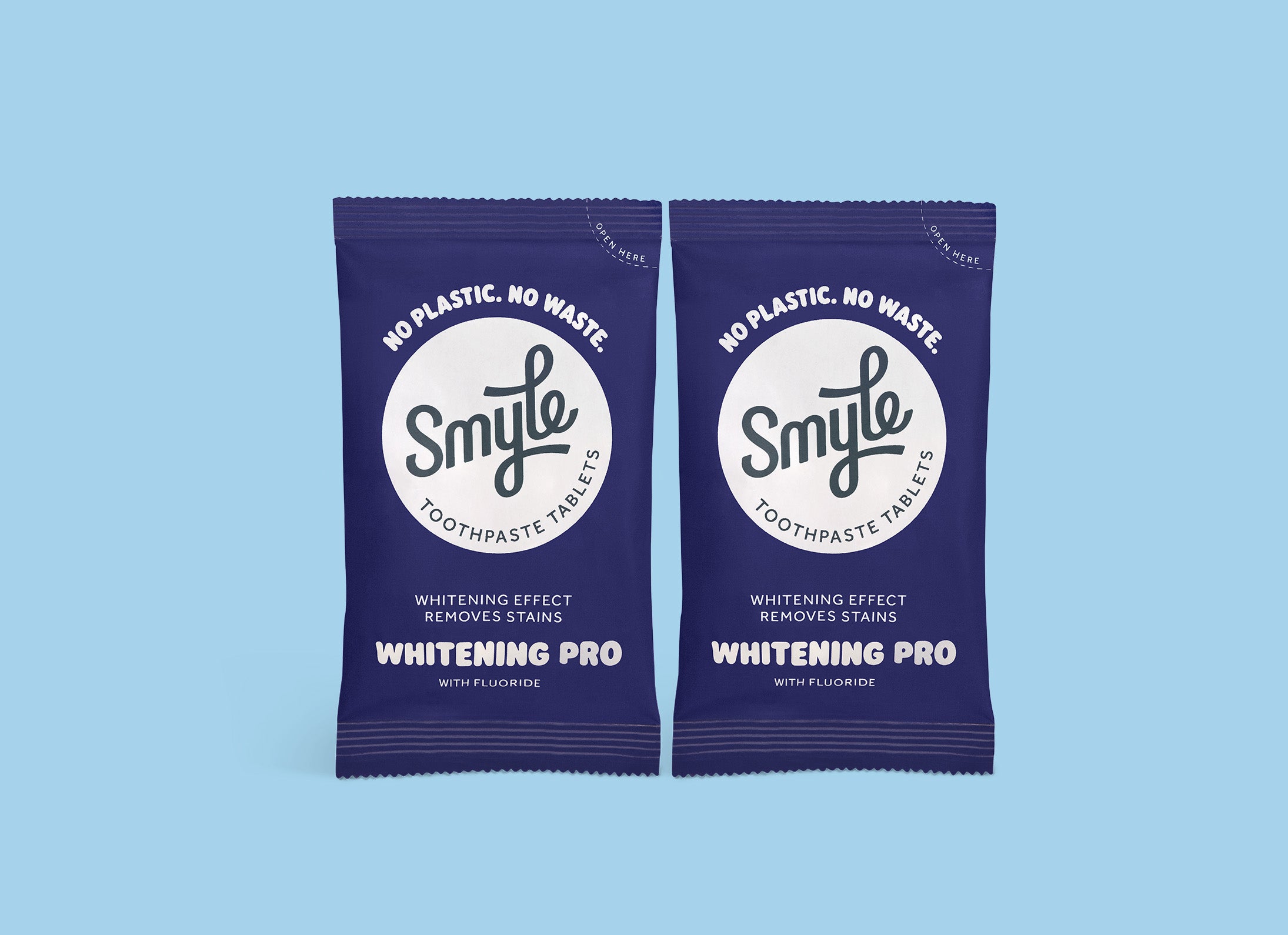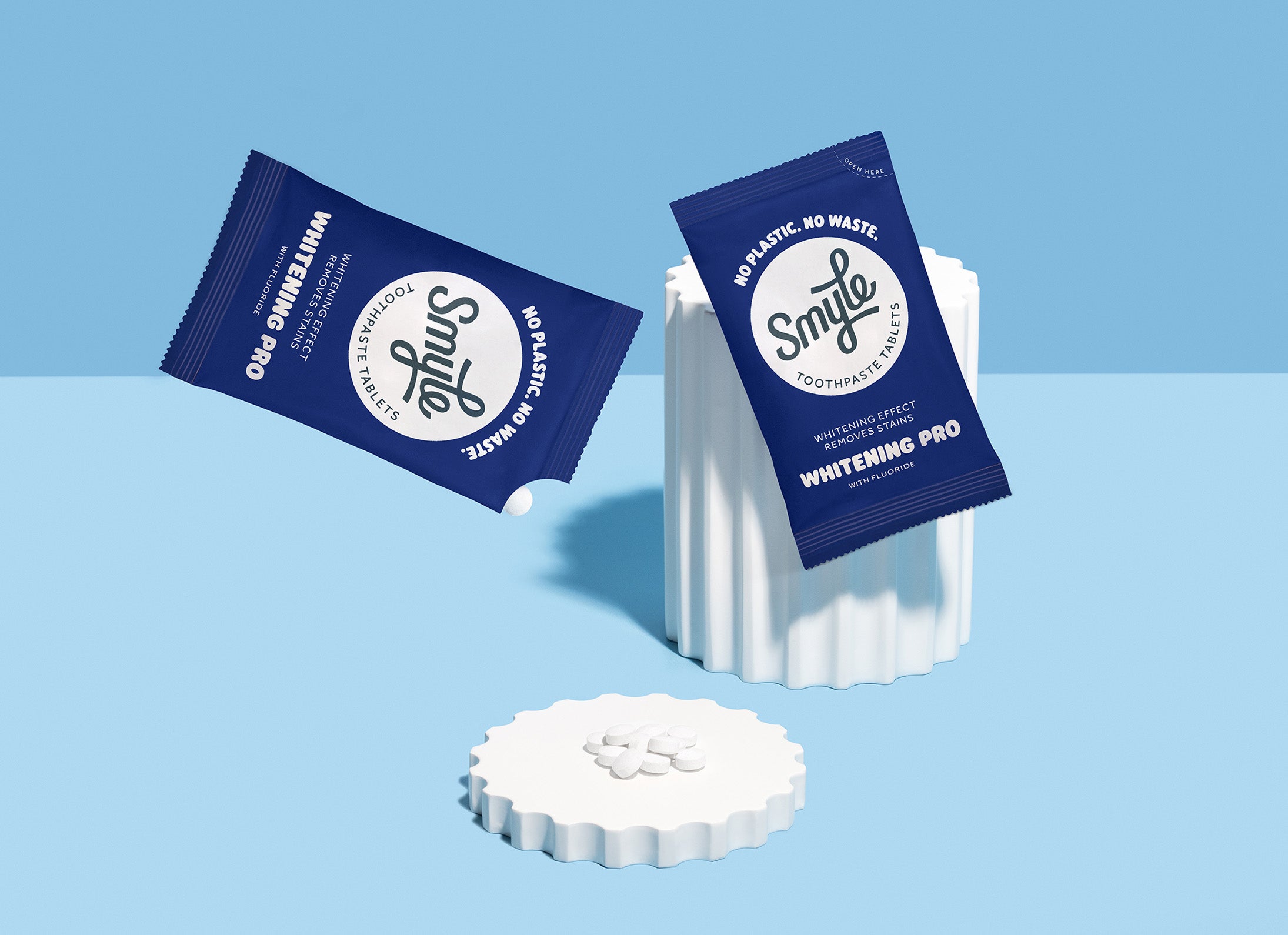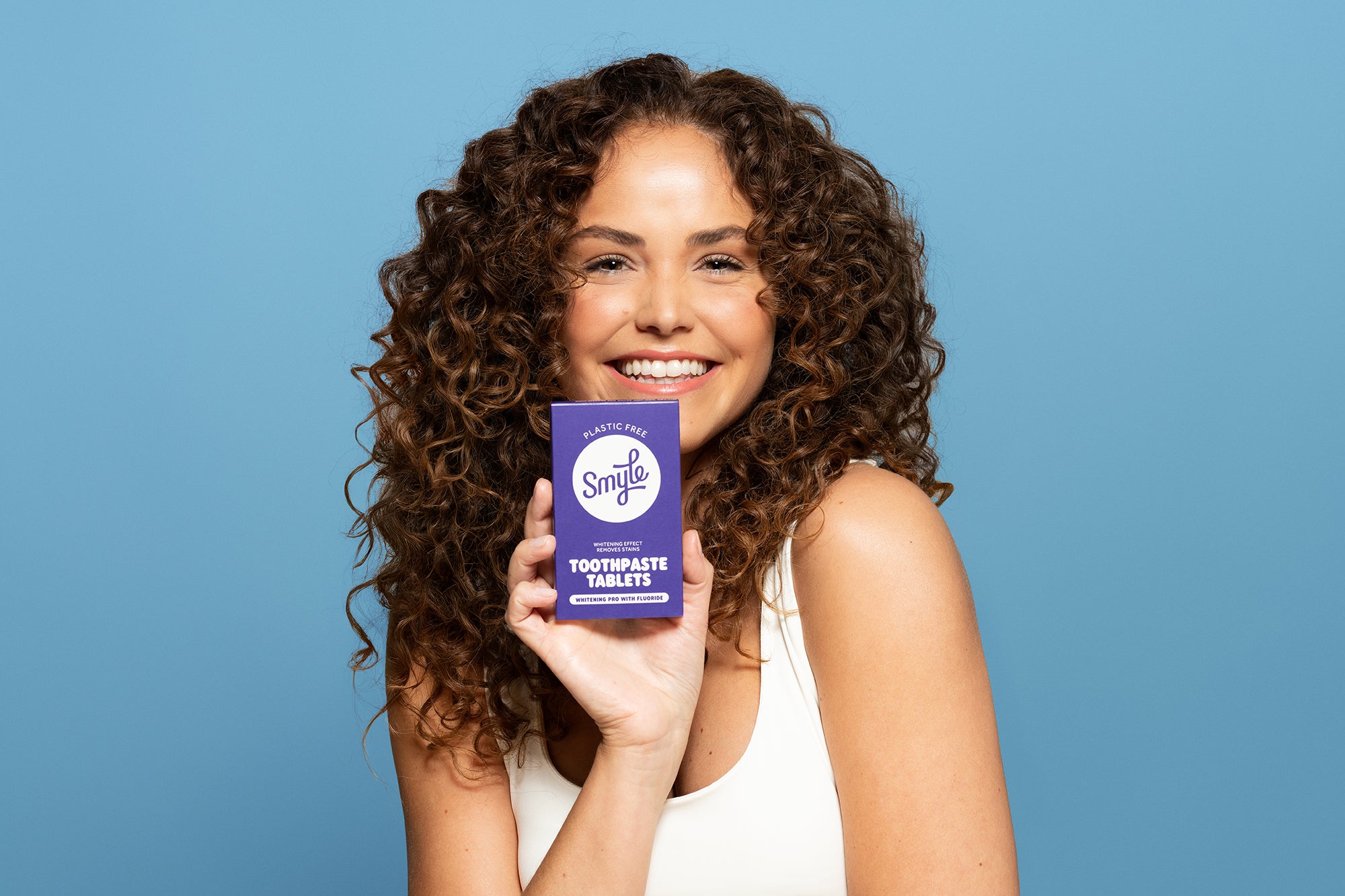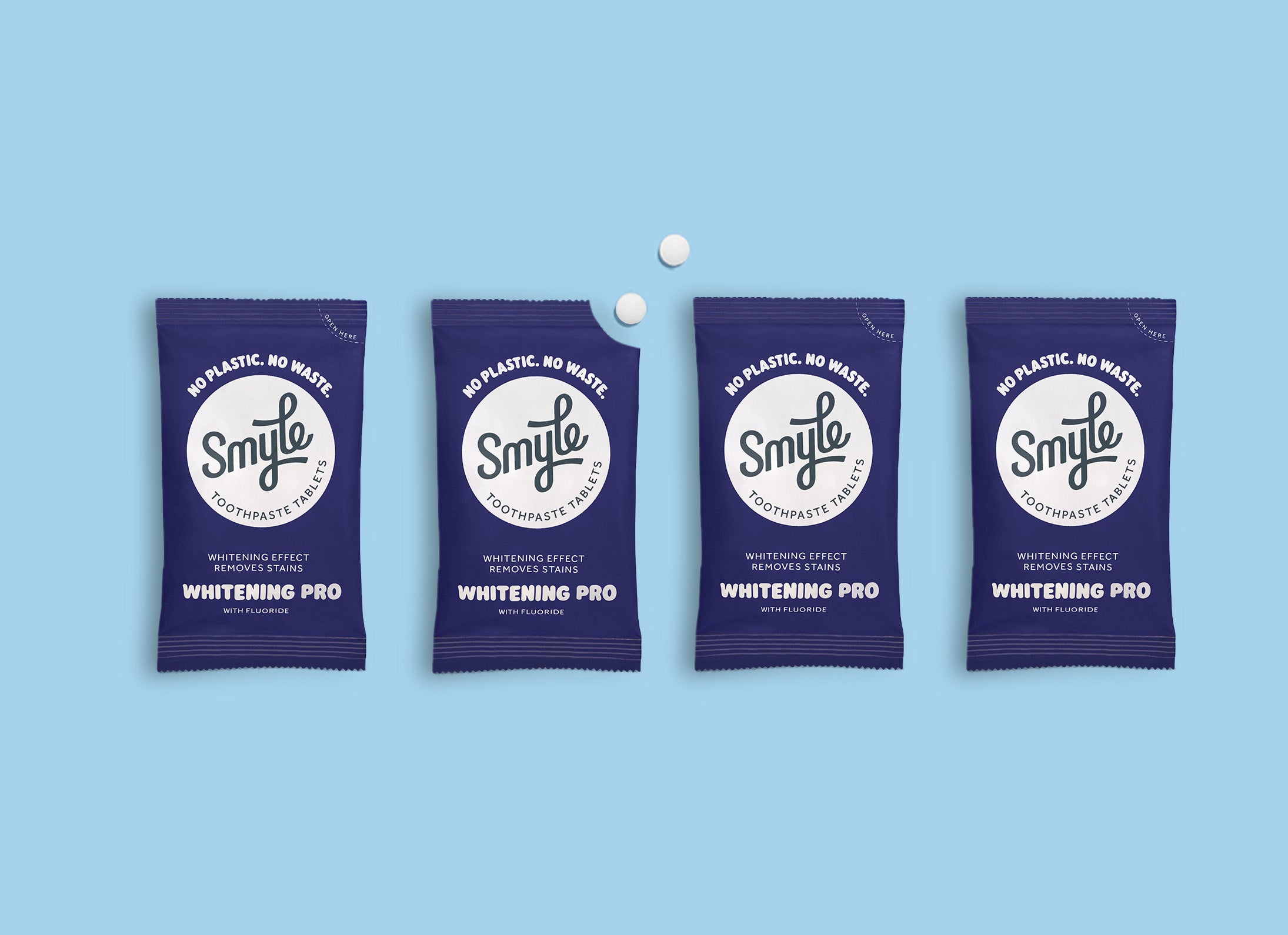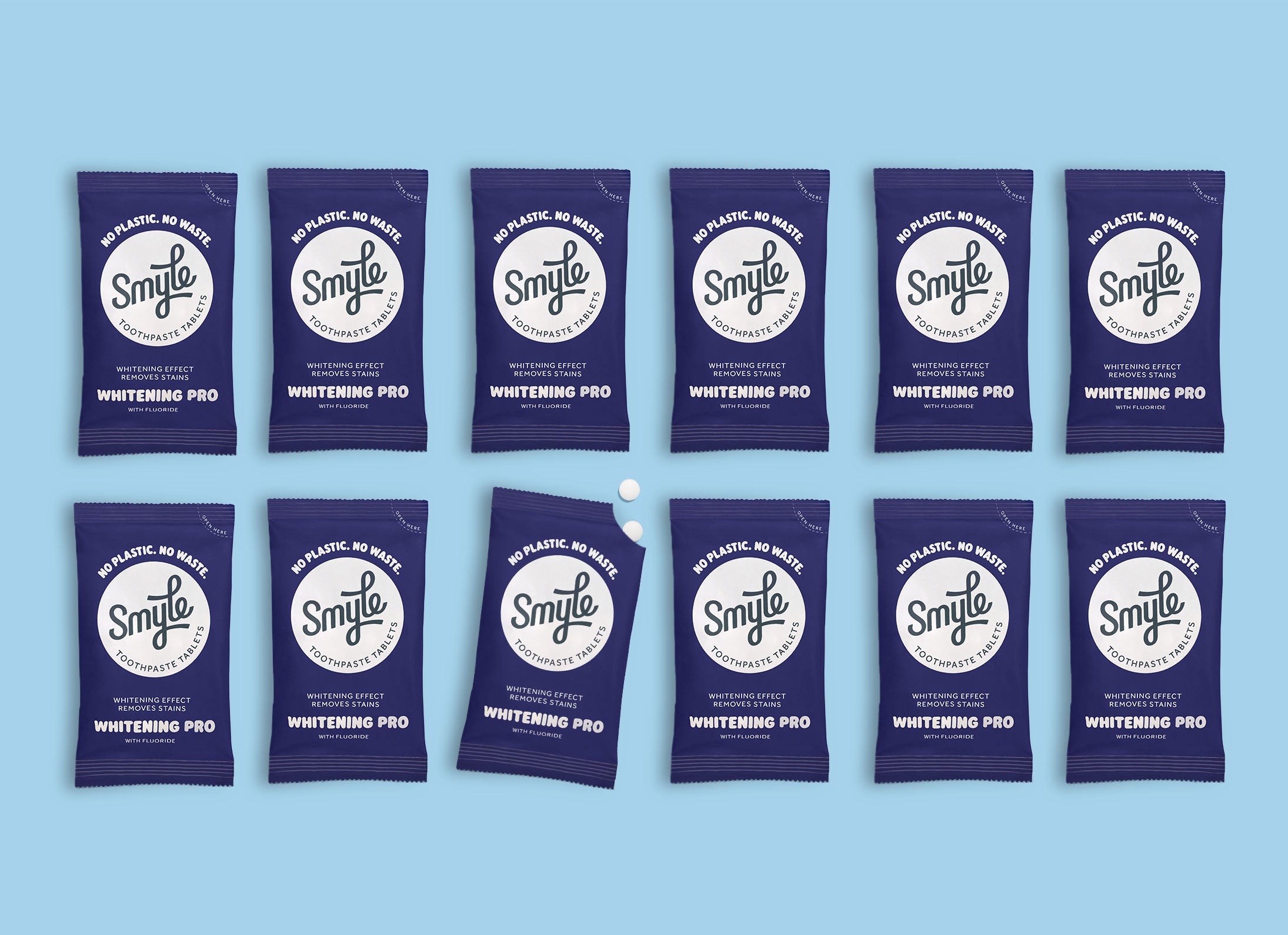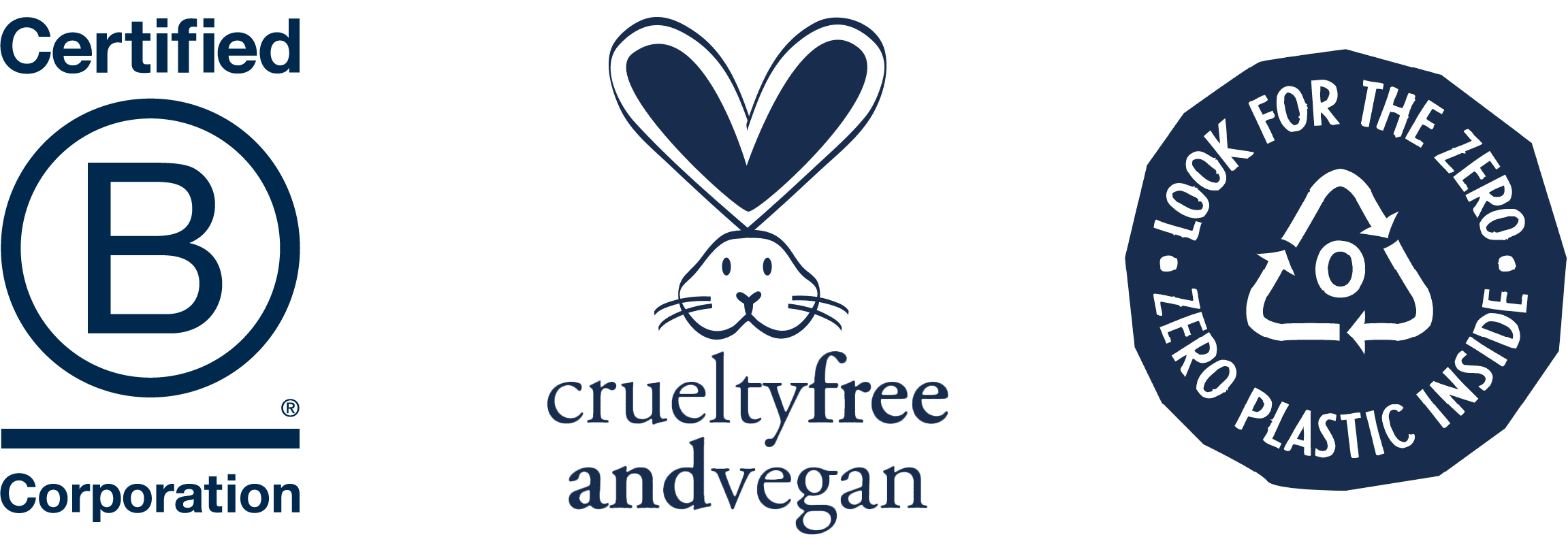
Toothpaste is a product we use daily for our oral hygiene. It's composed of various ingredients that work together to clean our teeth effectively and give us fresh breath. But how good are those ingredients for you, really? One ingredient, in particular, often sparks debate: Sodium Lauryl Sulfate, also known as SLS. What exactly is SLS, and why is it used? Are there any benefits? And what are the potential effects on our health? We explain it all below!
What is SLS?
Sodium Lauryl Sulfate (SLS) is a surfactant that plays a key role in toothpaste. It has several functions that contribute to the product's effectiveness:
-
It’s responsible for creating foam, helping to distribute the toothpaste throughout your mouth. This allows the active ingredients to spread more evenly, improving cleaning efficiency.
-
SLS also has cleansing properties—it breaks down and removes oily substances, food particles, and bacteria in the mouth. This helps prevent tooth decay and gum disease.
The Benefits of SLS
SLS serves multiple purposes in toothpaste. Here are its key benefits:
✅ Powerful Cleansing Action
SLS is known for its strong ability to remove plaque, food residue, and bacteria, ensuring a thorough clean.
✅ Foaming & User Experience
Foam enhances the brushing experience. Many users associate a rich foam with a better clean and enjoy the fresh, clean feeling it provides.
✅ Impact on Gum Health
Its plaque-reducing properties may help prevent or reduce gum issues like inflammation or bleeding.
However, while these benefits are real, individual sensitivities and possible side effects must be taken into account.
Is SLS Really Necessary in Toothpaste?
Despite its benefits, SLS also comes with several potential drawbacks, particularly for those with sensitivities.
⚠️ Irritation in Mouth & Gums
SLS may cause irritation in the mouth, leading to burning sensations, dryness, or tooth sensitivity, especially in people with pre-existing gum issues.
⚠️ Allergic Reactions
Some individuals may experience allergic reactions ranging from rashes and itching to lip or tongue swelling.
⚠️ Irritation of the Oral Mucosa
SLS can disrupt the protective inner lining of the mouth (mucosa), weakening its barrier function and increasing the risk of infections—both in the mouth and potentially elsewhere in the body.
⚠️ Increased Risk of Canker Sores
Because of its abrasive nature, SLS can cause microscopic damage to the mouth’s lining, leading to canker sores and ulcers.
⚠️ Bad Breath
Tissue damage and dryness caused by SLS create a breeding ground for bacteria, which can lead to bad breath.
⚠️ Temporary Taste Disturbance
After brushing with SLS-containing toothpaste, your taste buds may be altered temporarily, making things like orange juice taste bitter.
So, is SLS truly necessary?
No. Toothpaste without SLS can be just as effective. In fact, SLS is primarily used to create foam, which people have simply come to expect. Fortunately, there are plenty of SLS-free toothpastes—like those from Smyle—that are just as good for your teeth and better for your health.
Important Note: SLS Goes by Many Names
If you're looking to avoid SLS, check the ingredients carefully. It may also appear as:
-
Natriumlaurylsulfaat
-
Natriumdodecylsulfaat
-
Aquarex methyl
-
SDS / Sodium Dodecyl Sulfate
-
Sulfuric Acid, Mono Dodecyl Ester
Alternatives to SLS in Toothpaste
With growing concerns over SLS, more SLS-free toothpastes have entered the market. These are formulated to deliver the same cleaning power without the side effects.
Common SLS Alternatives:
-
Sodium Lauroyl Sarcosinate
-
Cocamidopropyl Betaine
-
Cellulose Gum
These ingredients clean effectively while being gentler on the mouth. Some people might notice less foam, while others see no difference at all.
Natural Toothpaste: A Great Alternative
Natural toothpastes are gaining popularity. People are seeking healthier, eco-friendly lifestyles, and oral care is part of that shift.
Natural toothpaste is made from plant-based or mineral ingredients and excludes synthetic additives like:
-
Artificial sweeteners
-
Preservatives
-
Colorants
Common Natural Ingredients:
-
Sodium Bicarbonate – helps remove plaque and whiten teeth
-
Xylitol – reduces cavity-causing bacteria and keeps the mouth clean
-
Essential Oils – kill harmful microbes and leave a fresh taste
Smyle, for instance, offers natural, SLS-free toothpaste that’s both effective and sustainable.
Making an Informed Choice: With or Without SLS?
When choosing the right toothpaste, consider:
🧠 Your personal needs
Do you have sensitive teeth? Do you prefer natural ingredients? Are you prone to canker sores?
👩⚕️ Consulting a professional
Dentists and dental hygienists can help you choose the best toothpaste for your specific needs—and offer insights into the effects of SLS.
🧾 Reading the label
Always check the ingredients list on the packaging. If unsure, you can also use tools like the Beat the Microbead app to check for microplastics and other harmful substances.
Conclusion: A Healthy Smile, With or Without SLS
The topic of SLS in toothpaste remains divisive. While many appreciate its benefits, others prefer to avoid it due to possible side effects.
What matters most is being informed. Whether you stick with SLS or go SLS-free, make sure your choice aligns with your body’s needs and your personal values. Speak with your dentist, read the labels, and find a routine that works for you.
Let’s continue to share experiences and keep the conversation open as we strive toward healthier smiles and better oral care choices—



































